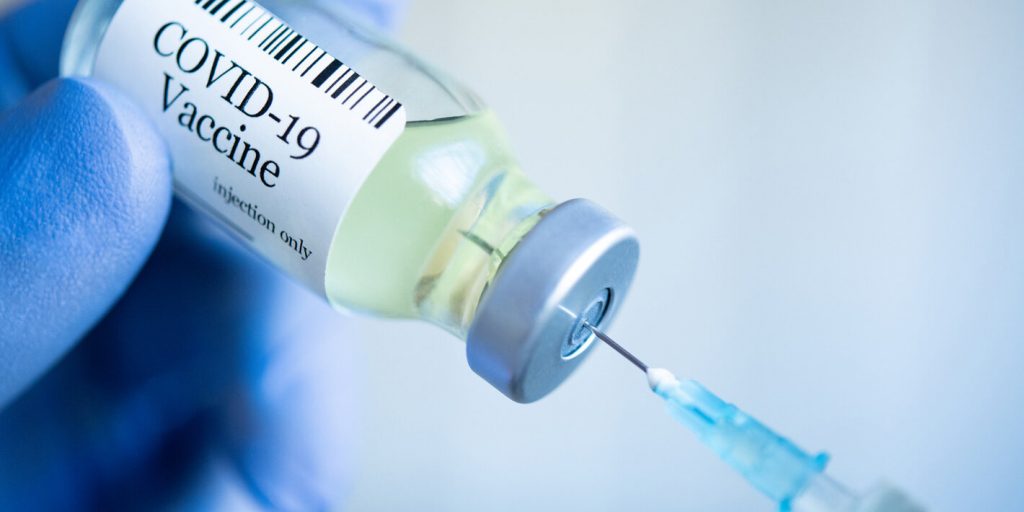Rosemarie Muganda
The extraordinary global effort to develop safe and effective COVID-19 vaccines in record time highlights the power of vaccines to bring us closer to our loved ones and to a more prosperous, equitable world in which everyone has the chance to achieve their full potential. Vaccines are among modern medicine’s greatest innovations, allowing billions of people to lead healthy lives. But stopping outbreaks of vaccine-preventable disease – and not only COVID-19 – depends on achieving critical mass with immunisation campaigns.
Consider polio. The shuttering of classrooms to protect children from COVID-19 outbreaks might seem unprecedented, but a 1937 polio outbreak in the United States inspired school-by-radio programs – an early innovation in remote learning. In those days, polio was thought to afflict only industrialised countries, until a major outbreak in South Africa in 1948 led to the establishment of the first African foundation for polio research and catalysed greater awareness of the disease’s global burden. In the 1950s, polio paralysed an average of 600,000 people each year.
Fortunately, scientists developed the first polio vaccines later that decade. And since the launch of the Global Polio Eradication Initiative in 1988, vaccines have reduced the global incidence of wild polio cases by more than 99%, from hundreds of thousands annually to a handful of endemic cases in just two remaining countries: Afghanistan and Pakistan. In 2020, Africa was certified as being free of wild polio, giving the continent a much-needed glimmer of hope amid the COVID-19 pandemic. Strong vaccine coverage has made it possible to believe that polio could become the second disease – after smallpox – to be eradicated through vaccination. But the polio clock has not stopped ticking: back in 2014, the World Health Organisation sounded the alarm when it designated the disease as a Public Health Emergency of International Concern. In particular, areas with low immunisation rates, and thus low levels of protection, are also vulnerable to rare but increasingly frequent outbreaks of circulating vaccine-derived poliovirus (cVDPV), which occur when the weakened pathogen originally contained in oral polio vaccines eventually regains virulence.
Today, cVDPV outbreaks outnumber wild polio cases. Although we are closing in on the virus, we are struggling to maintain the strong vaccine coverage needed to stop these outbreaks before they start, owing to a lack of resources, conflict or civil unrest, and pandemic-related disruptions to immunisation drives.
The COVID-19 crisis has so far caused the postponement of 57 life-saving mass vaccination campaigns in 66 countries, affecting hundreds of millions of people, mostly African children. In November 2020 the WHO and UNICEF called for emergency action to avert a secondary crisis of measles and polio outbreaks caused by disrupted vaccine access.
Even as we rally together against COVID-19, PATH and other partners continue to call upon national governments and donors to double down on immunisation against polio and other vaccine-preventable diseases. The newly launched Immunisation Agenda 2030 global framework has a crucial role to play both to make up for lost time and to boost our collective resilience. As the pandemic has shown, cross-border spread of infectious disease is an ever-present threat. All therefore have a strong interest in international immunisation coverage.
Investing in disease prevention through vaccine development and delivery protects us all and will pay dividends for years to come. We should thus feel heartened by the stunning speed with which the scientific community – helped by many previous years of research into other coronaviruses – came together to develop effective COVID-19 vaccines.
These investments are bearing fruit not only for COVID-19, but also for polio. Last year, after a decade of research and development, the novel oral polio vaccine against type 2 (nOPV2) became the first vaccine to receive a WHO Emergency Use Listing. Researchers expect that nOPV2 will be less likely to seed new cVDPV2 outbreaks, thereby helping to hasten the eradication of polio.
When it comes to highly infectious diseases such as COVID-19 and polio, our fates are bound up together; what affects one part of the world affects us all. Investing in tools for a single country does little to a control or eliminate such global health threats. Instead, we must keep global vaccine access at the center of our efforts. Strong national commitments and financing for the Immunisation Agenda 2030 framework can help get us there.
Globalisation has already brought us closer together. With a commitment to equitable immunisation access, the world can advance toward a shared future of health and prosperity.
The writer is Regional Advocacy Director at PATH, based in Nairobi, Kenya. ©Project Syndicate
